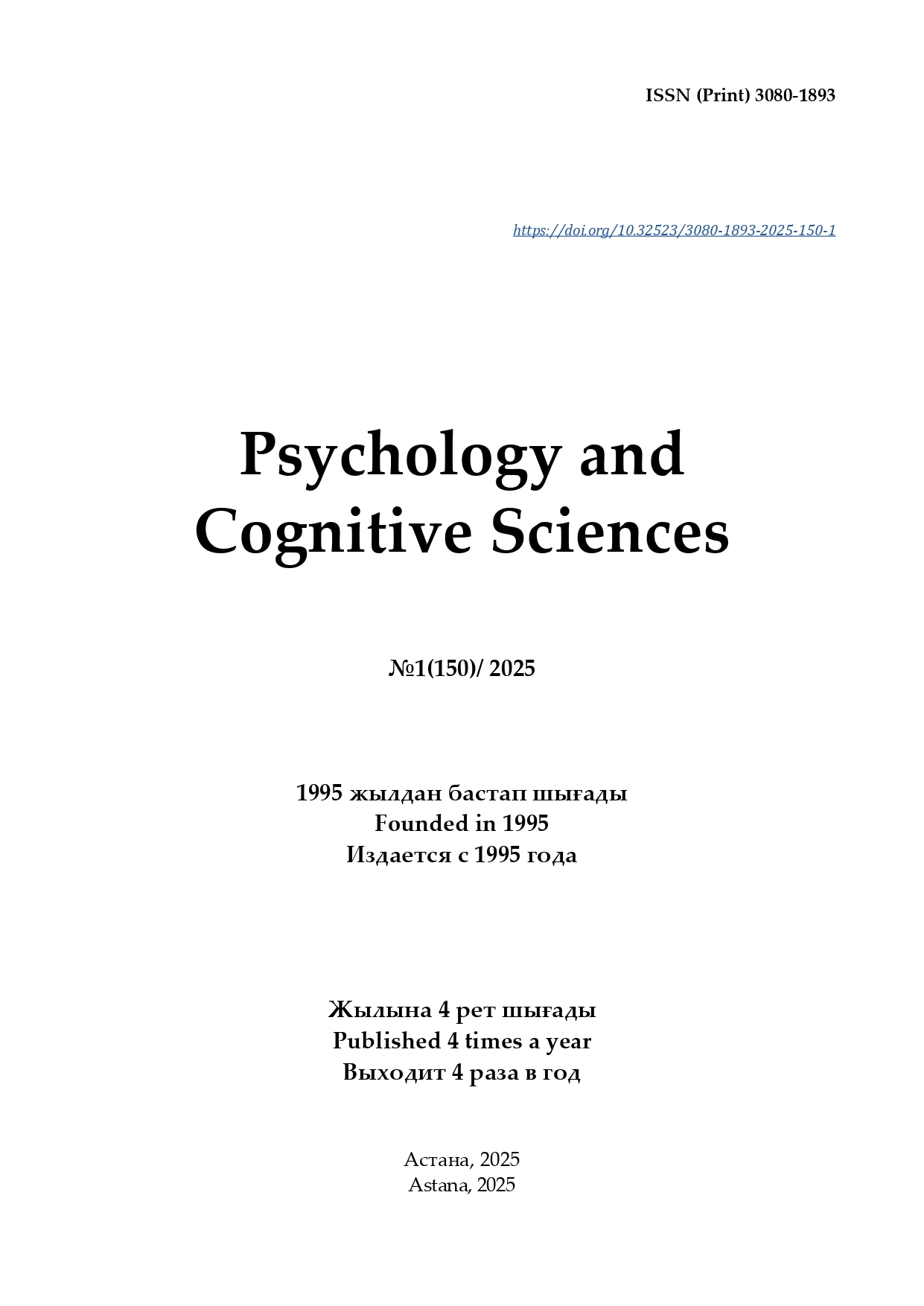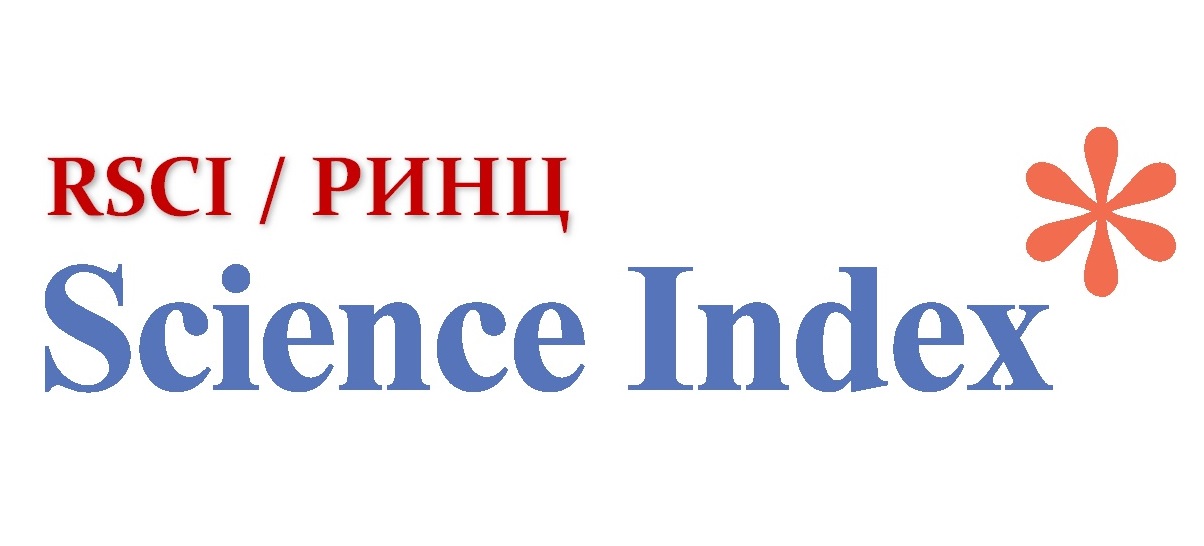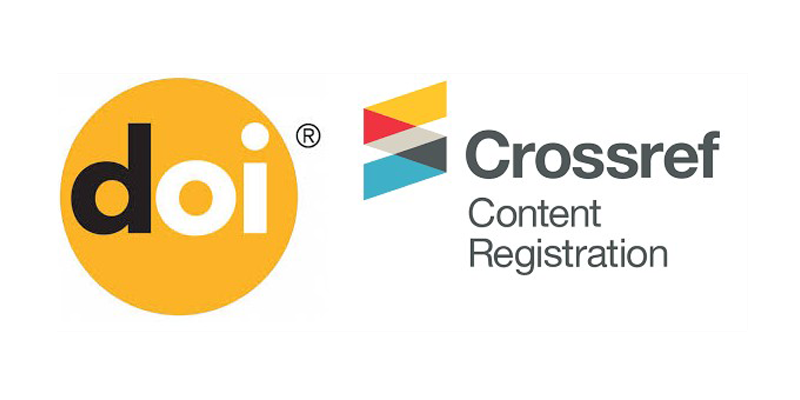Means of measuring the level of emotional intelligence of adolescents through the psychological features of critical thinking
DOI:
https://doi.org/10.32523/3080-1893-2025-150-1-34-48Keywords:
critical thinking, emotional intelligence, adolescents, diagnostic instruments, mental structure of critical thinking , continuity of new knowledge, emotional intelligence level development process, reliable evidence.Abstract
The article considers the problem of theoretical-methodological and scientific-methodological foundations of measuring the level of emotional intelligence of adolescents through psychological features of critical thinking one of the "10 in-demand skills" in labor market. As part of the implementation of the research goal was clarified that critical thinking in theoretical and methodological concepts is an instrument of level of development of emotional intelligence of adolescents.
In the course of the study, the psychological structure of critical thinking and emotional intelligence was clarified, a number of new ideas were formed on the basis of arguments in achieving the goal through the psychological features of critical thinking of adolescents.
During the conducted experimental research, the levels of emotional intelligence of adolescents were revealed on the basis of N. Hall's methodology, Emin (Lucin) emotional intelligence questionnaires, A. Megrabyan and N. Epstein's methods "emotional response scale" and J. Barrett's methods "critical analysis" were used.
As a result of experimental work, the aspiration to successful knowledge acquisition increased, the activity of critical thinking is increased, the diagnostic tools used to regulate their own emotions proved that the emotional state development leads the teenager to make optimal decisions to regulate their own emotions in educational environment.






